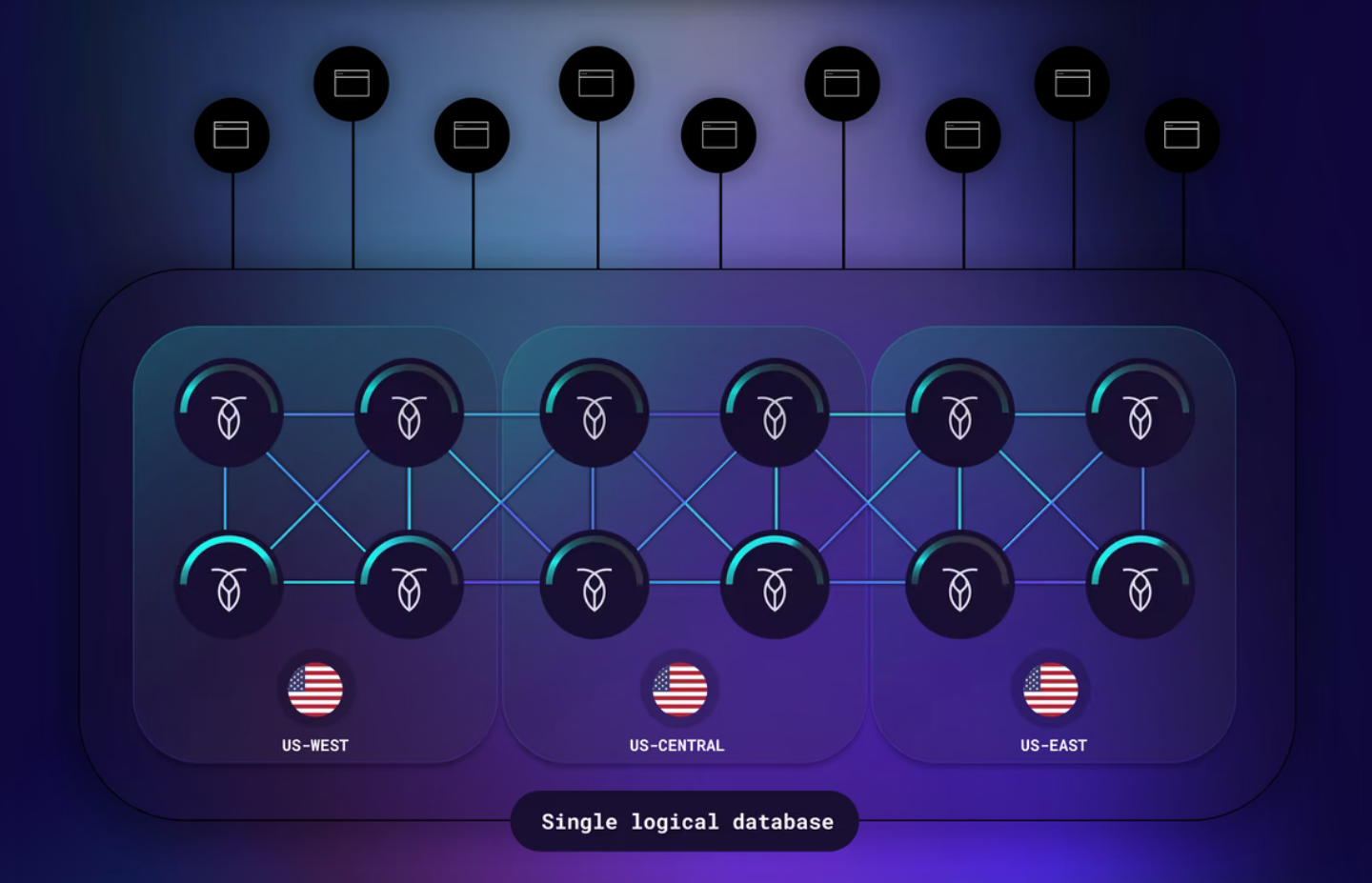 BIG DATA
BIG DATA
 BIG DATA
BIG DATA
 BIG DATA
BIG DATA
IBM Corp. has entered into an original equipment manufacturer agreement with Cockroach Labs Inc. to deliver CockroachDB PostgreSQL on a variety of IBM platforms, fortifying IBM’s hybrid cloud portfolio with a distributed SQL database designed for resilience, security and PostgreSQL compatibility.
Announced today, the partnership deepens a longstanding reseller relationship between the two companies. The previous arrangement “was not necessarily exercised strategically,” said Allen Terleto, vice president of partners and alliances at Cockroach Labs. “It wasn’t until this OEM agreement, which actually was codified in June, that we really began to treat this as a strategic alignment.”
CockroachDB is a distributed SQL database created by former Google LLC engineers. It’s designed to provide global consistency, high availability and resilience across cloud and on-premises deployments. The name was chosen to underscore the database’s resilience and difficulty to kill. Cockroach Labs was formed in 2015.
PostgreSQL compatibility enables developers to run applications without significant rewrites. Key features include geo-partitioning for regulatory compliance, elastic scalability and always-on operations across multiple regions and cloud providers.
Under the agreement, CockroachDB will be offered as an IBM product, supported through IBM’s sales channels and integrated into its enterprise platforms, including LinuxONE, Linux on IBM Z, Power Systems, Red Hat OpenShift and IBM Cloud. The announcement is unusual for IBM, which rarely publicizes OEM relationships with software firms.
Cockroach Labs executives said the partnership builds on recent technical work their company undertook to optimize CockroachDB for IBM’s architectures. “There’s significant work that’s been done on performance and ultimately the total cost of ownership,” said Spencer Kimball, Cockroach Labs’ co-founder and CEO.
One of those enhancements involved adapting CockroachDB to run on the IBM System/390 mainframe chipset. “It required us to develop a different instruction set,” Terleto said. “We’ve had benchmarked results by IBM Performance Labs that showed you can run CockroachDB with at least 50% higher throughput using effectively the same amount of resources that you would on x86.”
Kimball said recent improvements have yielded performance gains of over 70%. Support for IBM’s Power architecture is “currently on the roadmap and a work in progress,” Terleto said.
CockroachDB executives said they expect IBM to use the database as an alternative to IBM’s DB2 for customers migrating away from mainframes. “DB2 is a fantastic product, especially on z/OS,” Terleto said, referring to IBM’s mainframe operating system, “but not everybody is building greenfield applications on the mainframe. Once you move off the mainframe, DB2 does not offer the same level of performance or resiliency as it did after 40 years of optimizations on z/OS.”
PostgreSQL has seen growing demand as an open-source alternative to enterprise databases. PostgreSQL has surpassed MySQL in developer usage and preference in recent years, according to various surveys. It has been designated the “most loved” and “most admired” database by developers for the past several years of Stack Exchange Inc.’s Stack Overflow Developer Survey.
“There’s a bit of a gap in their portfolio, and they need a way to transition those customers that are leaving DB2 on the mainframe to give them the same promise,” Terleto said. Cockroach Labs says its database can achieve “five nines” availability, equivalent to about five minutes of downtime per year.
Kimball said the two companies also see opportunities to target Oracle Corp. customers on IBM Power architecture. “They’re being encouraged to relocate to other ways to run Oracle,” he said. “IBM has an opportunity to say, ‘Here’s a better alternative.’”
The executives also said CockroachDB fits with IBM’s hybrid cloud approach. “We can deploy on-premises. We can deploy on the cloud. We can deploy on OpenShift,” Terleto said. “We have customers that deploy us in a hybrid state, which means part of their cluster is on-premises, while the remaining part is in the cloud.”
Artificial intelligence will accelerate modernization projects, Kimball said. “AI is going to create leverage, so what today might require 100 consultants and three years tomorrow could be 25 consultants and a year and a half.” He said Pgvector, an open-source extension for PostgreSQL that enables the relational database to store and search high-dimensional vector embeddings used in AI training and inference, has also made the platform a popular option for AI engineers.
Cockroach Labs has raised $633 million in funding, including a $278 million round in 2021 that valued the company at $5 billion. Kimball said the IBM partnership will be a “force multiplier” for the company.
“We’ve already seen some unbelievable uplift,” he said. “This allows us to focus on agile early adopters, innovators building new businesses and AI startups.” At the same time, IBM’s longstanding relationships with large enterprises can fuel sales into those companies.
Why an OEM relationship instead of an acquisition? Kimball called such a move “certainly something that is a possibility.” In the meantime, he said, “We hope to be a very valuable part of their huge software catalog, but we’re not aiming to be acquired. We’re building the trust and the go-to-market capability that makes sense for us.”
Support our mission to keep content open and free by engaging with theCUBE community. Join theCUBE’s Alumni Trust Network, where technology leaders connect, share intelligence and create opportunities.
Founded by tech visionaries John Furrier and Dave Vellante, SiliconANGLE Media has built a dynamic ecosystem of industry-leading digital media brands that reach 15+ million elite tech professionals. Our new proprietary theCUBE AI Video Cloud is breaking ground in audience interaction, leveraging theCUBEai.com neural network to help technology companies make data-driven decisions and stay at the forefront of industry conversations.